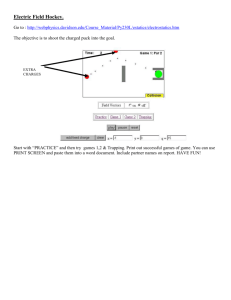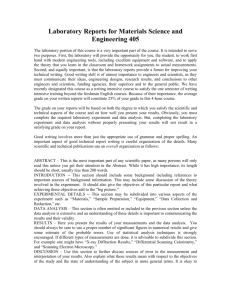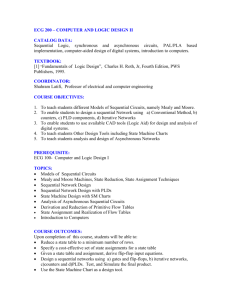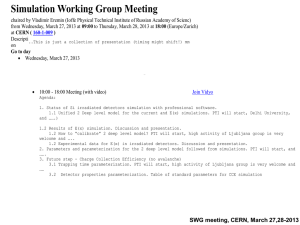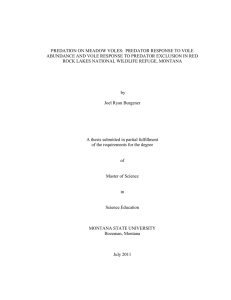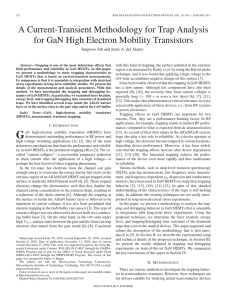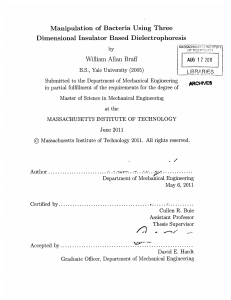course outline
advertisement
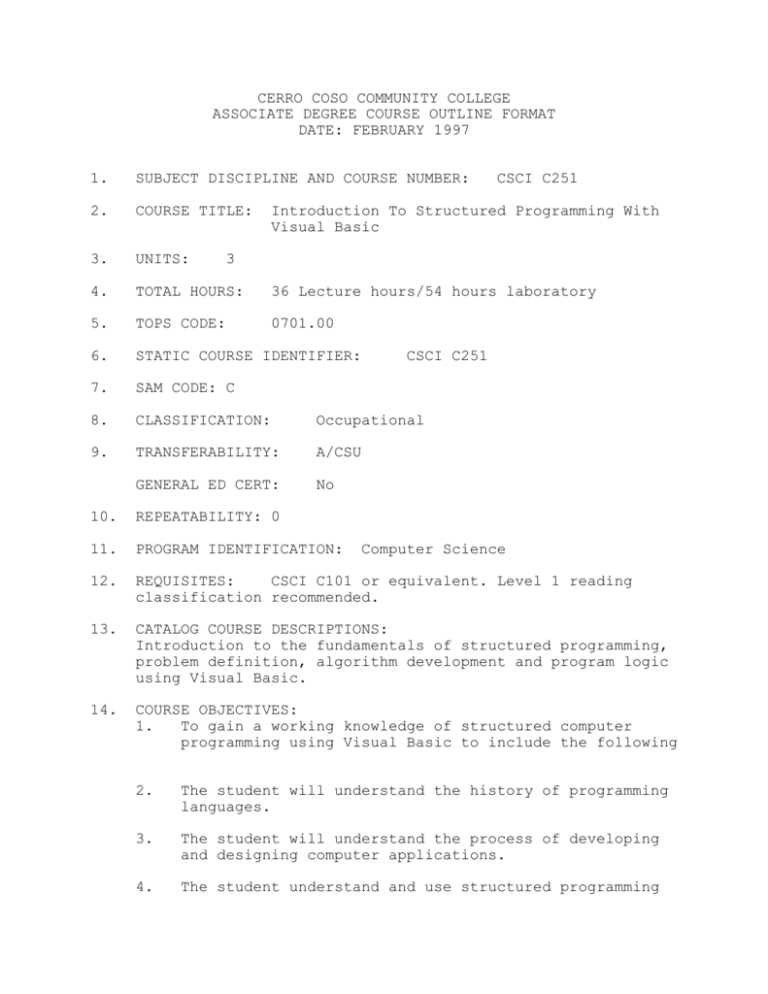
CERRO COSO COMMUNITY COLLEGE ASSOCIATE DEGREE COURSE OUTLINE FORMAT DATE: FEBRUARY 1997 1. SUBJECT DISCIPLINE AND COURSE NUMBER: CSCI C251 2. COURSE TITLE: 3. UNITS: 4. TOTAL HOURS: 36 Lecture hours/54 hours laboratory 5. TOPS CODE: 0701.00 6. STATIC COURSE IDENTIFIER: 7. SAM CODE: C 8. CLASSIFICATION: Occupational 9. TRANSFERABILITY: A/CSU GENERAL ED CERT: No Introduction To Structured Programming With Visual Basic 3 CSCI C251 10. REPEATABILITY: 0 11. PROGRAM IDENTIFICATION: 12. REQUISITES: CSCI C101 or equivalent. Level 1 reading classification recommended. 13. CATALOG COURSE DESCRIPTIONS: Introduction to the fundamentals of structured programming, problem definition, algorithm development and program logic using Visual Basic. 14. COURSE OBJECTIVES: 1. To gain a working knowledge of structured computer programming using Visual Basic to include the following Computer Science 2. The student will understand the history of programming languages. 3. The student will understand the process of developing and designing computer applications. 4. The student understand and use structured programming tools including flowcharts, pseudocode, and TOE charts. 5. 15. The student will define, code, and develop GUI-based computer applications using Visual Basic. DETAILED TOPICAL OUTLINE: I. History of Programming Languages A. Machine Languages B. Assembly Languages C. High-Level Languages D. Procedure Oriented Languages E. Object Oriented & Event Driven Languages II. Introduction To The Visual Basic Environment A. The Main Window B. The Form Window C. The Toolbox Window D. The Project Window E. The Properties Window III. Structured Programming Tools A. Pseudocode B. Flowcharts C. TOE (Task-Object-Event) Charts IV. Designing Applications A. Planning an Application B. Building The User Interface C. Coding, Testing, Debugging, and Documenting The Application V. Visual Basic Objects And Properties A. Text Boxes B. Labels C. Command Buttons D. Other Controls E. Working With Properties VI. Variables and Constants A. Data Types B. Variable Names C. Variable Scope D. Symbolic Constants VII. The Selection Structure A. The If.. Then.. Else Structure B. Relational Operators C. Logical Operators D. The Select... Case Structure E. VIII. A. B. C. D. Option Buttons and Check Boxes The Repetition Structure For... Next Loops Do While Loops Do Until Loops Counters and Accumulators IX. Sequential Access Files A. Opening and Closing Sequential Access Files B. Writing To A Sequential Access File C. Reading From A Sequential Access File X. Creating And Using Menus A. Windows Menus Standards B. Using The Menu Editor XI. String Manipulation A. String Concatenation B. String Functions XII. Dialog Boxes and Error Trapping A. Error Trapping Functions B. Planning for Error Trapping C. Coding For Error Trapping XIII. A. B. 16. Random Access Files Random Access Files vs. Sequential Access Files The Type Statement READINGS: Zak, Diane, Programming With Microsoft Visual Basic 4.0, c. 1996 by Course Technology, Inc. 17. ASSIGNMENTS: The student will be required to complete outside readings, and in-class lab assignments demonstrating their ability to work with structured programming concepts and specific Visual Basic programming structures and principles. 18. EVALUATION: Midterm examination..................20% Lab Assignments......................60% Final examination....................20% 19. INSTRUCTIONAL METHOD: Lecture, demonstration, laboratory, tutorial, discussion. 20. NEW OR REVISED OUTLINE: NEW 21. APPROVED TOPS PROGRAM: YES__X___ NO_____ 22. DISCIPLINE LIST: Computer Science, Computer Information System 23. CREDIT BY EXAM: YES______ NO__X___ Matthew W. Hightower Instructor ___________ Date __________ Dean _______________________________ Vice President of Instruction ________________________ Date _______________________________ Chancellor ________________________ Date



